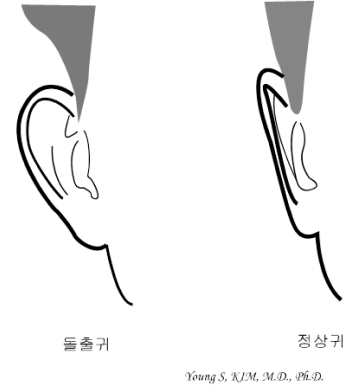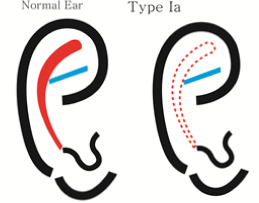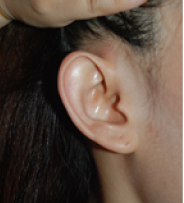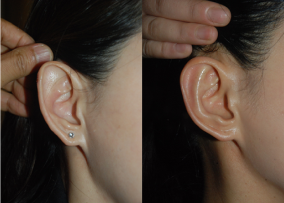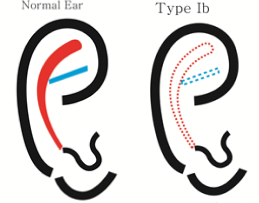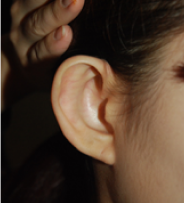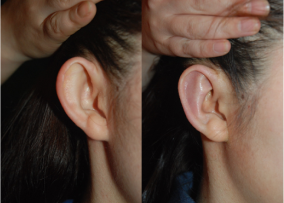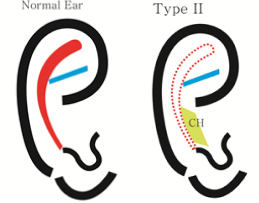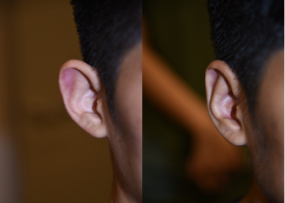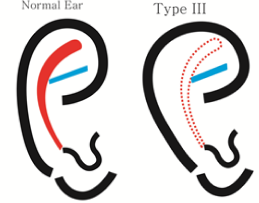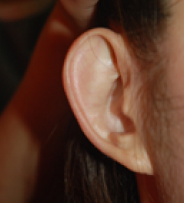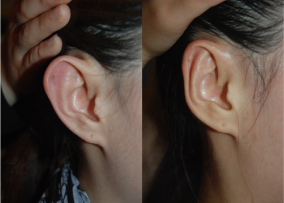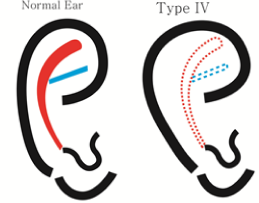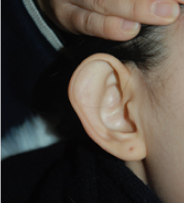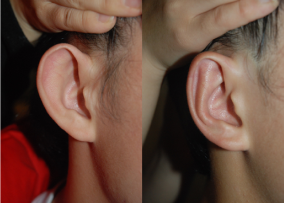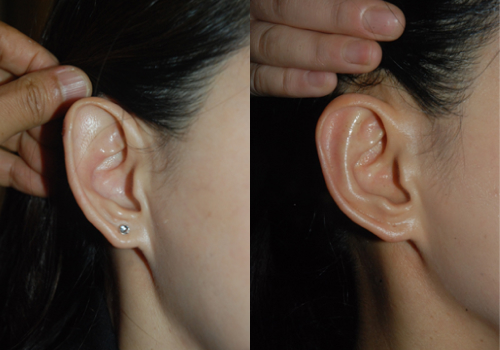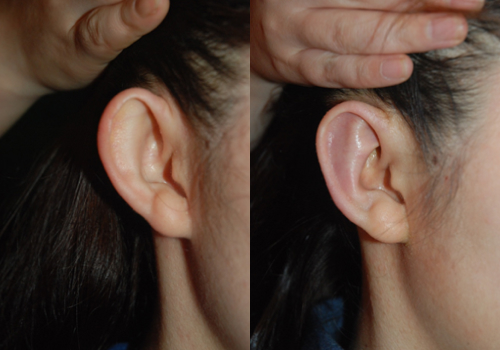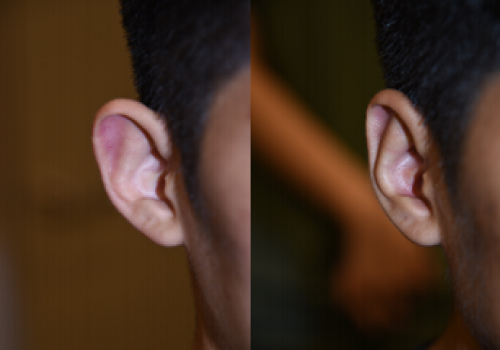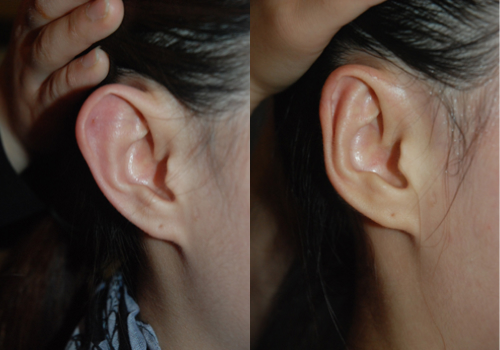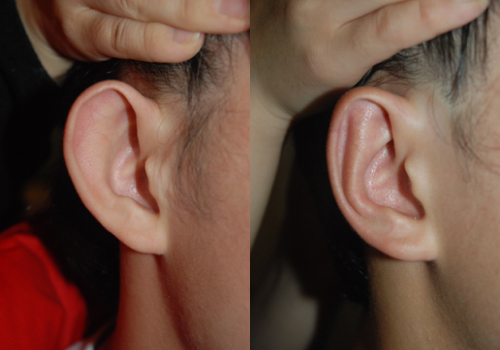Abnormal Shape
ear surgery center
Abnormal Shape
Prominent ear
Prominent ear
Prominent ears are the most common congenital deformity of the ears,
and are also called donkey ears or Mickey Mouse ears.
The ears are far away from the head, and when viewed from the front,
the ears look spread out.
Since it occurs for various reasons, accurate correction
according to the cause is required to make natural ears.
In general, the unformed antihelix of the ear or hypertrophy of the auricular
concha are known to be the main causes of prominent ears,
but there are many other causes.
Experientially, prominent ears can be classified into
about 5 types depending on the cause,
and correction according to
these
classifications can produce more accurate and natural results.
